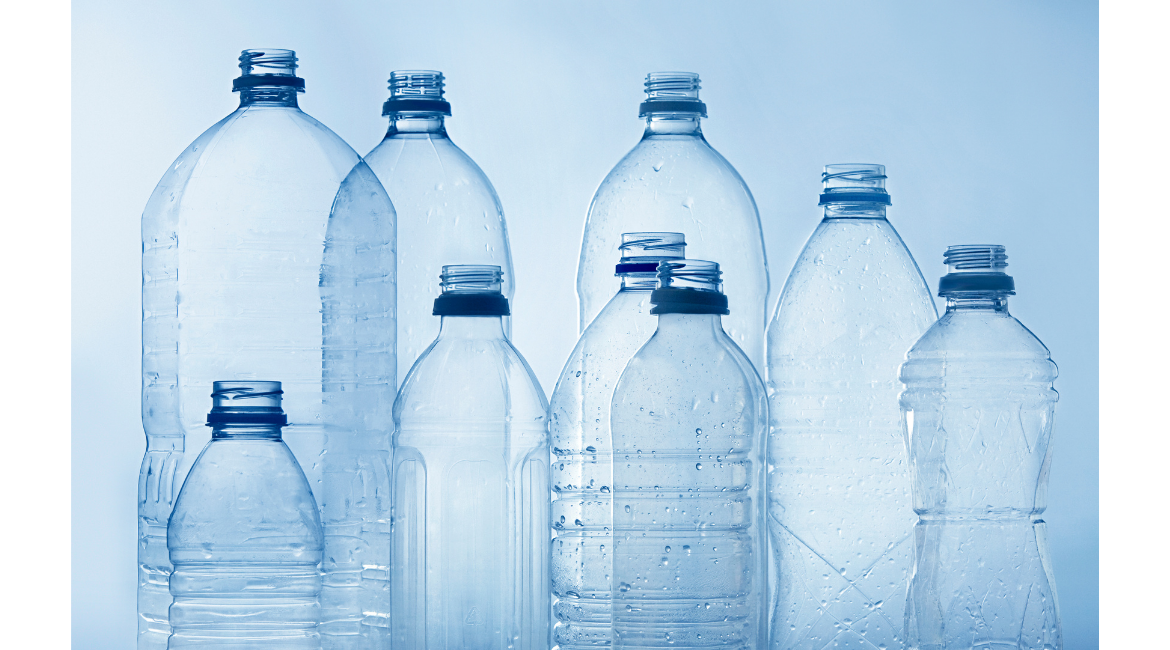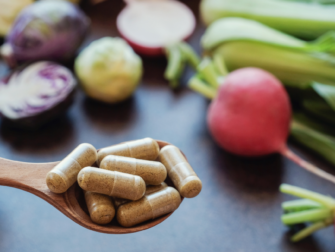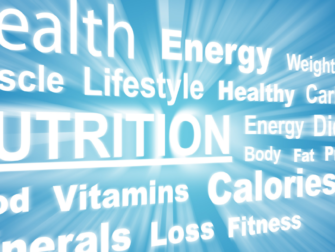Our body is controlled by the endocrine system that consists of a network of hormones and glands that govern every activity of our body. The endocrine system is most commonly associated with puberty. However, it plays an important role in all stages of growth, development, metabolism, and behaviour.
Certain natural or Synthetic chemicals in plastics, food cans, plastic bottles, detergents, and cosmetics can imitate hormones and disturb the delicate endocrine dance. Such chemicals are named Endocrine disrupting chemicals (EDC). Some endocrine-disrupting chemicals degrade slowly in the environment. Because of this, they are potentially dangerous over time. We are exposed to these substances regularly, and we are more sensitive to them during periods of rapid development.
The endocrine-disrupting chemicals can also create signalling issues in cells and tissues. This can lead to premature cell death. These chemicals can cause organ malfunctioning by accumulating in the hormone-producing organs. The irreversible damage to hormone-regulating organs can lead to serious life-threatening diseases like cancer, neurological disorders, cardiovascular and pulmonary disorders. Such detrimental effects of endocrine-disrupting chemicals on health must be avoided by preventing their intake. This article will be a guide to identify the EDC and the importance of limiting our exposure to these harmful hormone-mimicking chemicals.
Common Endocrine Disruptors
Following are the most common hormone-disrupting chemicals;
Parabens
Parabens are by far one of the most contentious endocrine-disrupting chemicals. These synthetic compounds, which are commonly employed as low-cost preservatives, have been shown to imitate oestrogen in the human body and have been discovered to accumulate in vital hormone-regulating organs.
Parabens are oestrogen-like compounds, and oestrogen imbalances have a role in the development of breast cancer. Studies show that nearly half of malignant breast tumours contain different types of parabens. Methyl-parabens also causes several neurological, metabolic, and hormonal disorders along with cancer.
Bisphenols A
Bisphenol A is utilised to produce polycarbonate plastics and epoxy resins, which are present in a wide range of plastic items, including food storage containers. It may enter the body through the skin or leach into foods and beverages we ingest. Bisphenol A disturbs the normal hormone level in the body, affecting growth and development. Its accumulation in the body leads to health risking disorders like brain and heart problems and cancer.
Phthalates
Phthalates are one of the most damaging endocrine-disrupting chemicals you won’t find labeled on plastic and cosmetic products. They are used to make polymers more flexible. They may also be found in food packaging, cosmetics, children’s toys, and medical products. Unlike the other substances discussed, phthalates have no hormone-mimicking effects on the body. Instead, research has found that it harms the male reproductive system, including lower sperm count, testicular cell death, and thyroid abnormalities. It is also linked with obesity, breast cancer, and neural development issues.
Polybrominated diphenyl ethers PBDE
They are used to make flame retardants to reduce the chance of the product catching fire. They are most commonly used in household furniture’s fumes and carpets. As PBDE are pervasive, their exposure can cause several health risks like thyroid and neurotoxicity.
The major contact with these chemicals occurs via diet, air, water, and skin. The low dose of these can prove to be dangerous for health. Vulnerable groups like pregnant women and infants are more affected by these hormone-mimicking chemicals. Here are several lifestyle modifications you may do to decrease your exposure to endocrine-disrupting chemicals. We’ve compiled a list of five simple ways to prevent EDCs:
- When feasible, eat pesticide-free organic food.
- Avoid unnecessary exposure to chemicals, especially garden and interior chemicals.
- Use personal care and cosmetic goods containing dangerous chemicals as little as possible, especially during and before pregnancy.




[…] source https://illuminatedhealth.com/hormones-disrupting-chemicals/ […]